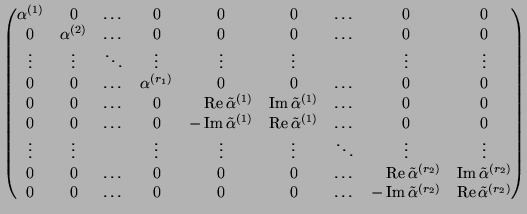 | ||
Geometry of numbers lecture 1 1 1 introduction
In number theory, the geometry of numbers studies convex bodies and integer vectors in n-dimensional space. The geometry of numbers was initiated by Hermann Minkowski (1910).
Contents
- Geometry of numbers lecture 1 1 1 introduction
- Geometry of numbers
- Minkowskis results
- Later research in the geometry of numbers
- Subspace theorem of W M Schmidt
- Influence on functional analysis
- References
The geometry of numbers has a close relationship with other fields of mathematics, especially functional analysis and Diophantine approximation, the problem of finding rational numbers that approximate an irrational quantity.
Geometry of numbers
Minkowski's results
Suppose that Γ is a lattice in n-dimensional Euclidean space Rn and K is a convex centrally symmetric body. Minkowski's theorem, sometimes called Minkowski's first theorem, states that if
The successive minimum λk is defined to be the inf of the numbers λ such that λK contains k linearly independent vectors of Γ. Minkowski's theorem on successive minima, sometimes called Minkowski's second theorem, is a strengthening of his first theorem and states that
Later research in the geometry of numbers
In 1930-1960 research on the geometry of numbers was conducted by many number theorists (including Louis Mordell, Harold Davenport and Carl Ludwig Siegel). In recent years, Lenstra, Brion, and Barvinok have developed combinatorial theories that enumerate the lattice points in some convex bodies.
Subspace theorem of W. M. Schmidt
In the geometry of numbers, the subspace theorem was obtained by Wolfgang M. Schmidt in 1972. It states that if n is a positive integer, and L1,...,Ln are linearly independent linear forms in n variables with algebraic coefficients and if ε>0 is any given real number, then the non-zero integer points x in n coordinates with
lie in a finite number of proper subspaces of Qn.
Influence on functional analysis
Minkowski's geometry of numbers had a profound influence on functional analysis. Minkowski proved that symmetric convex bodies induce norms in finite-dimensional vector spaces. Minkowski's theorem was generalized to topological vector spaces by Kolmogorov, whose theorem states that the symmetric convex sets that are closed and bounded generate the topology of a Banach space.
Researchers continue to study generalizations to star-shaped sets and other non-convex sets.
